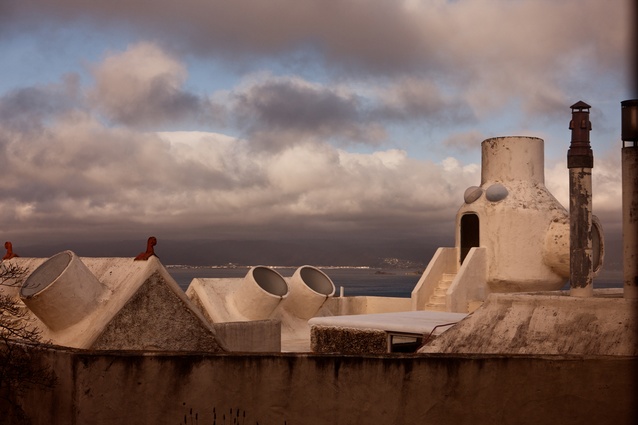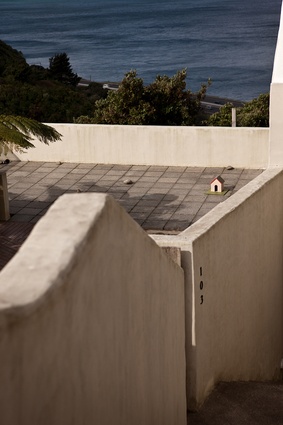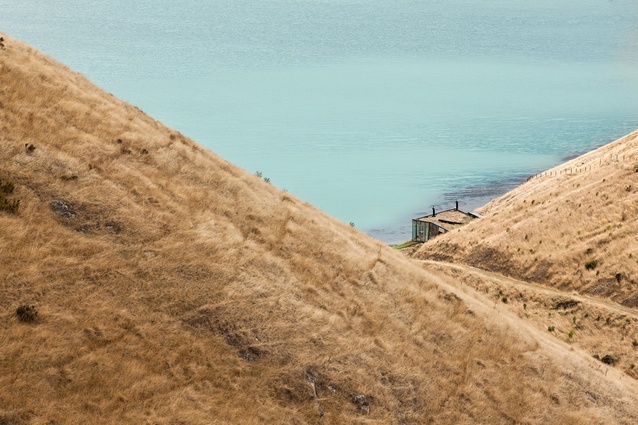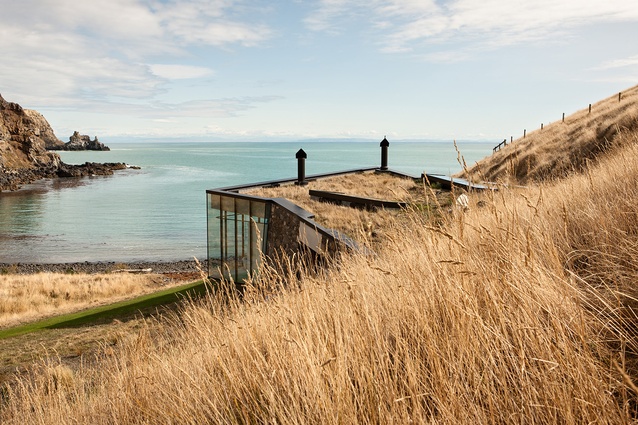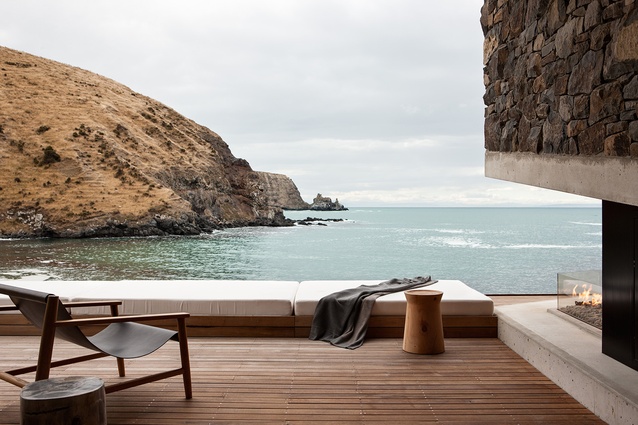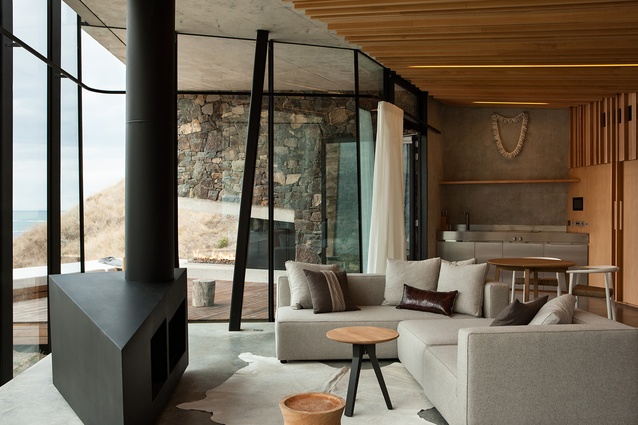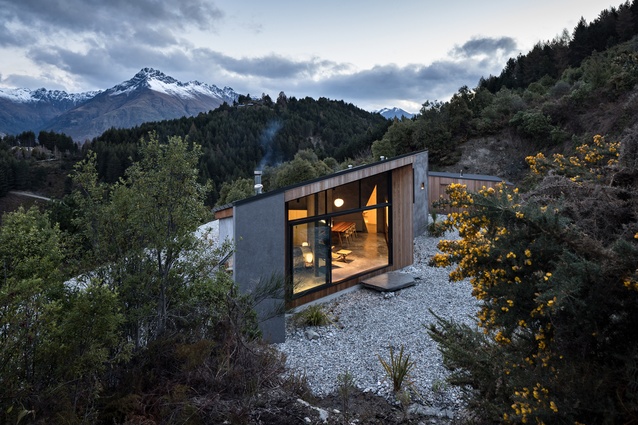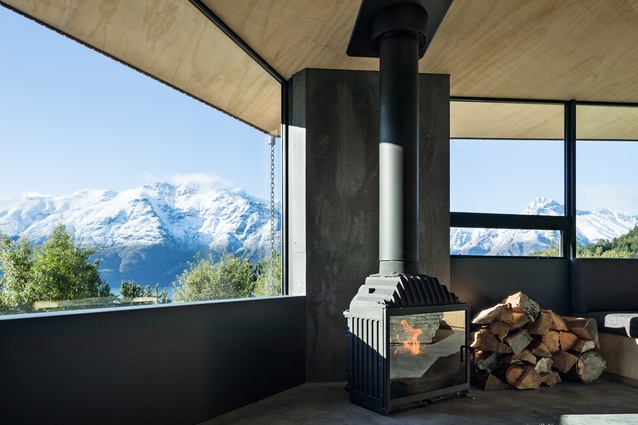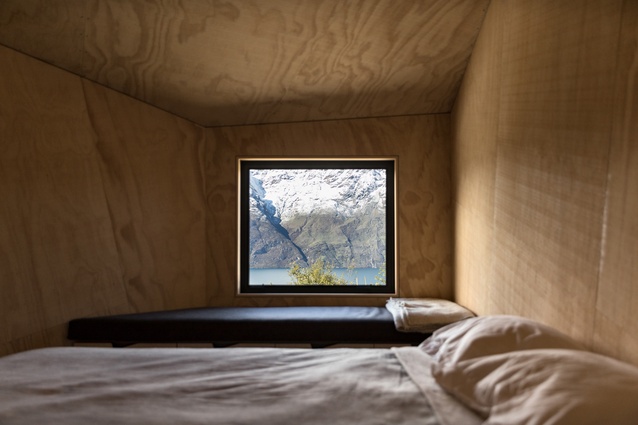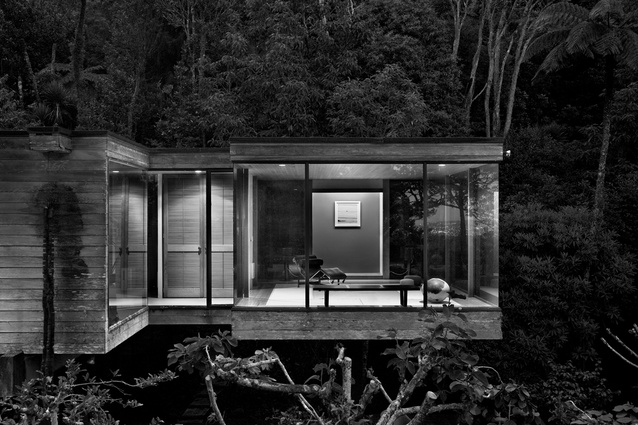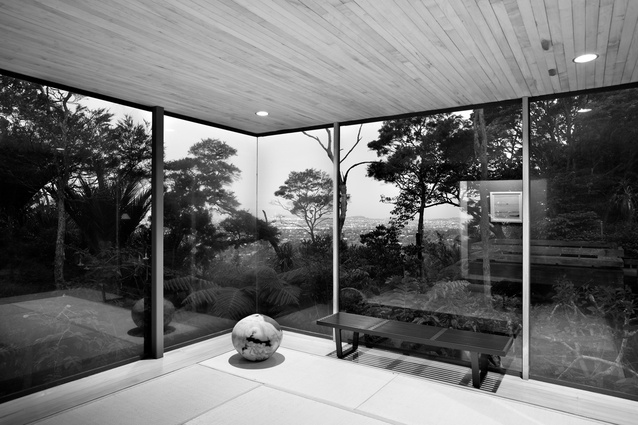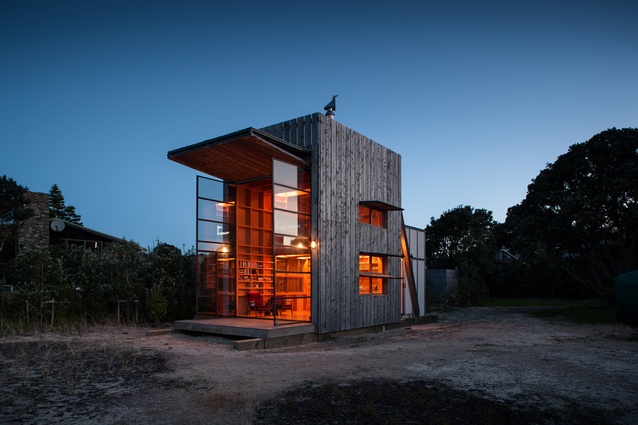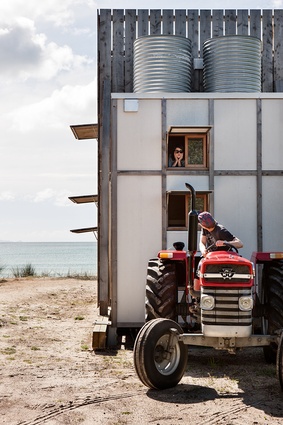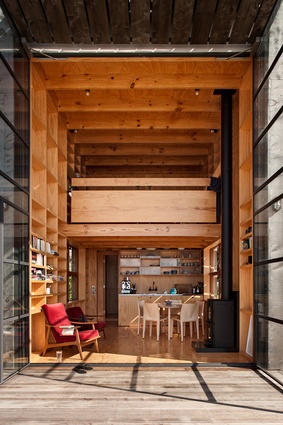Viewfinder: Simon Devitt
Simon Devitt, one of New Zealand's most successful and prolific architectural photographers, has had an interesting creative life and holds insightful views about the nature and future of his craft. He spoke to Federico Monsalve about how it all started and what it all means.
Federico Monsalve (FM): Tell us a little about the projects you selected to include in this article. Why did you choose them and what do they say about your craft?
Simon Devitt (SD): I’ve selected houses for various reasons and, after 22 years of photographing homes here and around the world, it’s a tough ask to just choose five! For all of them it’s about a certain picture, about connecting to the place, the people and the land – and it’s about how history has already decided on some of these. One has its own heritage listing, others are marking their time in our recent history. All are memorable, and I recall every shot and how it felt to be there.
Athfield house
I spent seven years making a book about the Athfield house and its inhabitants, Sir Ian Athfield, Clare Athfield, and Athfield Architects Wellington office. The spirit of this house, how it was made, how its lived in and who live and work in it has deeply marked the way I view the world.
I had two visits, a summer apart shooting this incredible environment. The drive in can only be done on 4WD access roads or via helicopter. The first time with former magazine editor Jeremy Hansen who put up with my taste in music. It was a very dry, brown tapestry of rolling hillsides the first time. These are the memorable pictures for me.
Bivvy house
Designed by Vaughn McQuarrie for its overseas owners who love New Zealand and tramping, it is an escape like nothing else I’ve shot or spent time in. Effortlessly elegant, it feels like it’s been here for a lot longer than it has.
Brian Brake is a New Zealand icon in photography. The house was designed for him and his partner. It’ll always be the Brake house. Its current owner is a proud guardian. Standing in the Tatami room looking back toward the city is one of the most unique and cherished moments I’ve had in a house. Ron Sang made it sing!
Hut on Sleds
Ken Crosson’s work is rich with narrative and joy. His clients love him. There are some houses I wish I could own. There were just me and my assistants around during the first part of this shoot, then my house got robbed so we had to come back. We decided to inhabit some of the shots. So, that’s me driving the tractor.
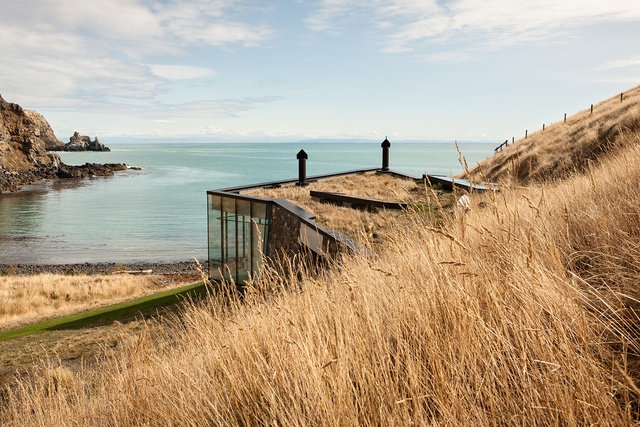
FM: Why do you photograph?
SD: My dad influenced me early on by demonstrating very practically that photography is a great way to engage with the world. He took a camera everywhere we went and invariably these pictures ended up as slideshows projected onto the wall at home. I was enthralled to see where we had been and particularly how we all looked as pictures. I think largely the effect of this has translated to me seeing the world as pictures and wondering what something will look like as a picture. The driver behind all of that – the ‘super power’ of a photographer – is curiosity. I can’t not take pictures, I’m compelled and obsessed by virtue of having both the opportunity and privilege on a daily basis to study people and their homes, in the landscape and in their places of work. Over the past 22 years of doing this, it’s probably made me even more curious and even more obsessed.
FM: Is there any other creative form that you feel has influenced your own craft?
SD: Looking back, slightly left-field influences were printing police forensic photographs and photographing professional sport. I did the forensic printing back in 1996/97. I would turn up at 5pm when everyone was leaving and printed through to the early hours (depending on how busy the night was). I printed all manner of crime scenes from domestic violence to murder and suicide. The purpose of the images were for use in the courts. So, they had to be accurate. The intent of the pictures was to tell the right story. That taught me a lot about storytelling – stories told in minute detail formed a much bigger picture.
Sports photography taught me an enormous amount about capturing decisive moments. Other external influences even earlier on in my life were sculpture and painting, people like Henry Moore, Giacometti, Edward Hopper, Georgia O’Keeffe, Henri Rousseau. I didn’t look at the work of other photographers until much later. I think music is the highest art form and that’s had a great influence on me. Finally, there are the consequences of having met so many incredibly talented creatives doing what I do, who can’t help but leave their mark on their own work – and on mine.
FM: What was your first ever paid photoshoot and what do you remember most about it?
SD: You would think taking pictures would allow me to remember what that event was… but no. My best guess is that it was a rugby game involving Auckland and someone else and that someone else lost. Auckland was very dominant in that period. I knew very little about what I was doing but I am very good at making things up as I go and convincing people that I should be there. The most compelling memory of that first shoot was me in gumboots (not great for running up and down the side-lines) with two cameras loaded with transparency film with my pockets bulging with more rolls of film while keeping a keen eye on the game and doing my best to anticipate what was going to happen next. That, and fighting off the urge to be a fan cheering for Auckland.
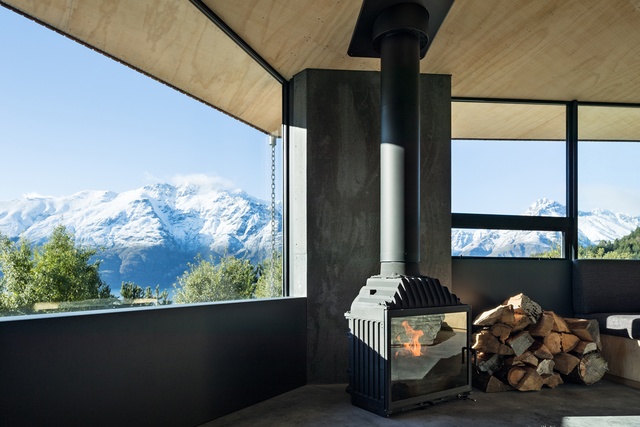
FM: What about your first published project?
SD: In 1995, not long after photographing my first rugby games in New Zealand, I was sent to San Diego to photograph the America’s Cup. The agency I shot for had links with several papers and magazines. I wouldn’t be able to find out what was published first but I suspect it was in The Telegraph in London.
FM: What made you go into architecture from there?
SD: I taught myself photography, I didn’t go to art school. I taught myself by walking – city streets, rural back blocks, and suburban cul-de-sacs. I still do this today, except now I’m asked to explore something specific. Ironically the thousands of pictures I’ve made early on are probably the most important. They’re not likely to be seen, but they form the basis of how I think about and see architecture. Photographing sailing was a departure from that foundation, but it taught me an immense amount about decisive moments and making things happen. But that first insight while walking with my camera changed everything.
Photographing architecture is the closest thing to my passion for exploring how we live, how we work, how we play and where we do all of this. My beginning in architecture was a lot about photographing new buildings and doing it in a way I thought would best tell a story for someone who might never see that building physically – thinking and knowing, even then, that the buildings don’t travel but the pictures do. I photographed buildings that were accessible and how I saw them – and then I made an appointment with the architect to show what I had come up with. And, some things don’t change – if there’s an architect whose work really inspires me, I still do this. I always wonder what this will look like as a picture and what can I learn from working with this particular architect.

FM: What was your first, most memorable architectural assignment and what made it so?
SD: There are two that come to mind. The first one is the Viaduct Point apartments for Moller Architects. It was memorable because it was a dusk shoot and I hadn’t done any dusk shoots at that point. It was getting dark very quickly – quite a bit darker than I thought was useful – so I made a very long exposure, bearing in mind we were shooting transparency film, and at dusk there is no time to shoot with a polaroid. I had one crack at getting a dusk shot on my 4X5 and it looked beautiful. I was thrilled.
The second was at St Peters College for Architectus. I was photographing the technology building. To get the shot I wanted of the building at dusk and the motorway with the streaming lights of cars, I needed to hang myself off the side of a stairwell, performing one and a half yoga moves – I should not have done that – but I got the shot. I learnt very quickly you do whatever it takes to get the shot you want.
FM: Can you think of any images that best mirror the evolutions you have gone through as a photographer?
SD: It’s hard to locate a point in time, but I do remember being asked by former editor John Walsh for Architecture NZ to go up and photograph Mission Stations in the far north. The process of doing that really grounded me in photography’s ability to slow time down. I wasn’t able to make pictures on the first or second visit but I was able to create a space of trust between the guardians of the land, the buildings, and me – making pictures came later on. I wasn’t used to that process, but it really gave me a new understanding about buildings concentrating history on one spot. And I’ve never forgotten it. Then, while some of the projects I’ve worked on may take place in the course of a day, others like my first book Portrait of a House, took me seven years, and some bodies of work are still active.
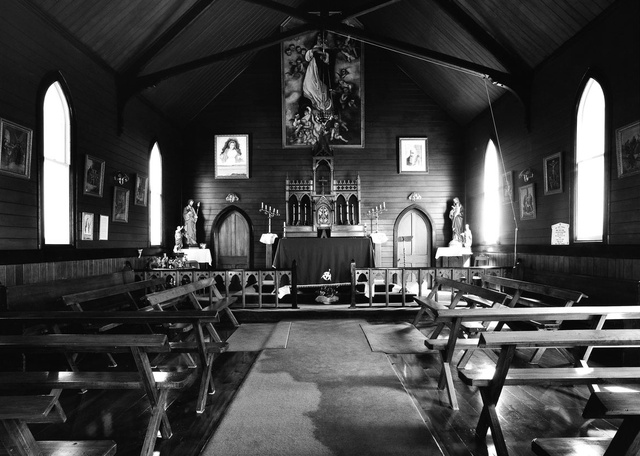
FM: ‘Buildings concentrating history on one spot’. What a great phrase…
SD: Just as you don’t make a garden, you start a garden. Photography starts with the making of a picture, and it is then, when time is added, that the real alchemy begins. Time decides a lot about how photographs are used and viewed. Context changes everything. Photographs are literally made of time… a building concentrates history in one spot.
FM: Architectural photography is an interesting mixture between documentation, marketing for architects, real estate photography for potential future sales, while at the same time being an artistic interpretation of other people’s creative output. How would you, personally, define what you do?
SD: At a really simplistic level, it is a form of advertising. I remember a creative director once describing advertising as a single-minded proposition. The pictures I make are a little bit like that. It’s a one-eyed view – my view – of how I perceive and feel about being at that place, at that time. And the less simplistic view of that is that it’s like a visual diary, a mirror reflecting back how it felt to be there, carrying the narrative the architect intended. For me, while the camera is really adept at description, the pictures I’m trying to make are absolutely about suggestion supported by images that describe. They allow the viewer to engage with a level beyond simply ‘looking’.
FM: There seems to me that, in your field, there is a very thin line between stylistics and documentation. Between needing to document the work of others but at the same time doing so in a way that is particularly ‘yours’. How do you, personally, define that line? I.e. where does the architect’s vision end and yours begin?
SD: It’s a very fine line, the middle of which is more of a subconscious act than something that I consciously do. By that I mean if you try and apply ‘your style’ it becomes about your work. If you try to just document it becomes largely just about their work. Somewhere in the middle is good, and that doesn’t happen through trying, it happens through allowing, by trusting your process. Then your style will happen all by itself without you trying to manufacture it.
FM: Has your ‘style’ changed much throughout the years, can you see specific moments of change within your output?
SD: I think a style is continuously developed if it is allowed to. My style has developed: my voice in my pictures is clearer and more defined. As time plays out this will evolve. It happens without us as long as we are honest. It’s hard to gauge specific moments of obvious change to my style. It’s so gradual. But, it’s also strongly related to those around you believing in you, in the way we do ourselves.
FM: You often speak about narrative and storytelling… words that are more often than not associated with literature rather than photography. Why and what do they mean to you?
SD: We can all relate to the origins of storytelling when our parents held picture books in front of our faces and asked questions and told what the pictures meant. Our instincts still sit with making meaning from things when there is a space that calls for it. When a sequence of really well-placed photographs sits together on pages of a book, there’s something that happens that is unique. It makes the use of photography distinctly different from words on pages. An author, using the written word, allows us to create a new world. Photography used to tell a story can do a similar thing, except by another route.
Using photography is a double-edged sword because we are bombarded with photographs every day and we are being told through those pictures what they mean. The challenge is not telling a successful story with photographs; the challenge is to ask the viewer what they mean.
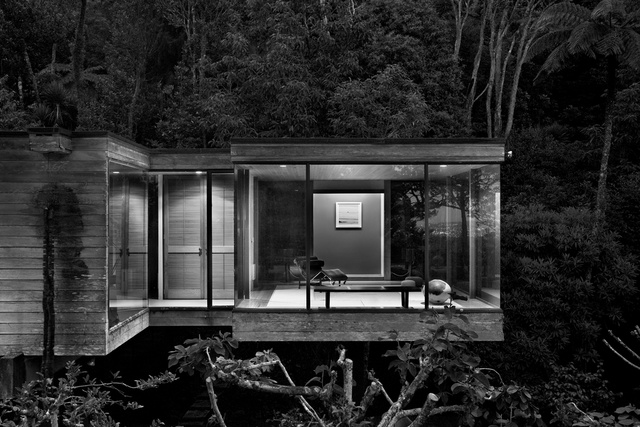
FM: You are right, we are bombarded by images through social media which, in a way, changes how many people consume architecture: fast and seeking instant gratification. Will it influence architecture and interiors? Will it influence how people like you do your job?
SD: I think there will always be this ramp upwards to grow, to improve, faster, better, bigger, stronger. It seems to be a human compulsion. So, the conversation around that goes: is it too much? When will it stop? We kind of know what fast is; we’re in the thick of it. We’ve moved away from a codified society of the past that had a strong relationship to a simple, formal structure.
I think we still yearn for the ritual and routine of simple, perhaps not as it was. We know fast, but only because we also know what slow is. The appetite is and will be for both. Knowing what is good for us is another conversation. Our architecture is strongly reflected in our time and beliefs/values that support it. Just look at recent history like the ’80s and ’90s.
FM: You are, more often than not, asked to photograph homes that have recently been completed. There is no patina yet, there is no way of seeing the histories of those who have inhabited it or how the passing of time and sunlight and wind has changed the space. This is quite different to what you have been doing with your Ripe Fruit series… which focuses on the home as a lived-in space, a sculpture made from time and habits, and how materials and spaces react to those shifts. How does your approach as a photographer differ; how does your method and your, say ‘headspace’ differ when approaching those?
SD: No difference. Any place I turn up to for the first time is new and exciting. On a metaphysical level, the day before and after are completely different worlds – whether the house is new or just being completed, just moved into or not, whether it’s been inhabited by the same people for 50 years, there’s always something to attract me. They’re all home to somebody. Often with a new house, there’s more possibility than resolution, so I’m looking for ways to sit with that level of possibility. For example, someone might not even be home. Then I’m looking for ways to suggest that something has happened or is about to happen. That can come through the way the light hits the dining room table or the way a chair is slightly jutting out. With a house someone has inhabited for 50 years, I’m immersed in how their story has resolved that space and that place. At that point it’s really humbling and I recognise the differences in both.
FM: New Zealand’s architectural print media – including our own titles – have taken a massive nose-dive due to the COVID-related advertising panic. What do you see happening next, what are the biggest gaps you see now and how do you think that can/should be filled?
SD: I think COVID has allowed us all the opportunity to ask questions about every aspect of how we live, work, and how we engage with each other. In the architectural print media, we’ve been forced to reset what this looks like. Largely, that’s really positive. Anyone who has emigrated to a new country doesn’t immediately become 100 per cent like the people who live there. They bring the best bits from their old life to their new one – there is an amalgam. I see that it happening in print architecture and media. Some bits have been ‘kicked to touch’, some is on hold and some bits have come back already. Within New Zealand, by far the biggest portion of the work an architect does is for the residential market. That’s the area that has been hit hardest. It allows for a new discussion to be had, about that.
Generally in New Zealand we have become more confident about how we are viewed in the world. Instead of asking “Am I okay?”, we know we are good and I think our print media is starting to express that. For me, that’s really exciting. A good example is that we appear more open to constructive criticism. Largely I’ve felt like architectural journalism hasn’t explored the opportunities of critical exchange.
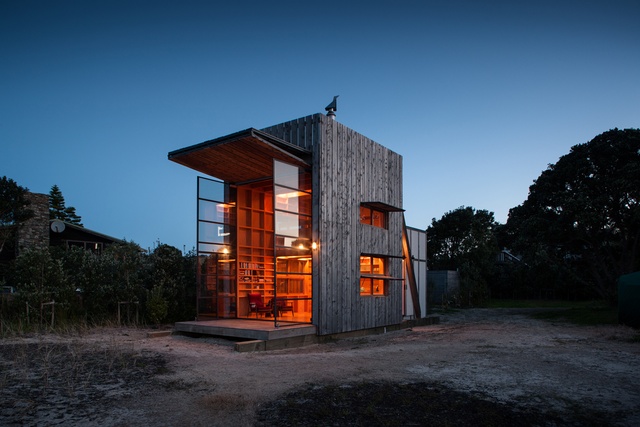
FM: I agree with you on that one but I think that in New Zealand, architectural and cultural journalism as a whole doesn’t engage in deep criticism because it is not a very common national trait.
SD: Oh, it’s definitely a cultural trait – a hangover from our colonial past I suspect. Not being bigger or better than someone else. And these behaviours suited that time. I suspect we’ve outgrown it and there’s a space for a more grown up conversation. Look at how refreshing and different it is when you have a conversation about practice or work with someone from Germany or the Netherlands, or even Australia! I love it.
FM: Think about, say, 100-year’s time. Imagine someone – maybe a kid or a historian or a researcher – stumbles upon your body of work. If they could get one thing, one feeling, one aspect about the architectural era you documented… what do you hope it is? What would you hope your legacy to be?
SD: I think when I look back on pictures from the past – and photography is always about the past – then I think about the pictures that have stayed with me and I think about why. I think it’s because I feel like I am standing where the photographer stood – and feeling what it felt to be there then, through their pictures. My hope about the reception of my own work would be the same. Context changes everything. Much like you start a garden and don’t make a garden, the context of pictures and photographs change as well. You start with a photograph – they are literally made of time – then history decides what happens next and what additional context is added. So, I can start that context. The greatest alchemy of photography is in the making, and then time and other people – in this case, 100 years from now – decide what it will become.
See more of Simon Devitt’s work at simondevitt.com

